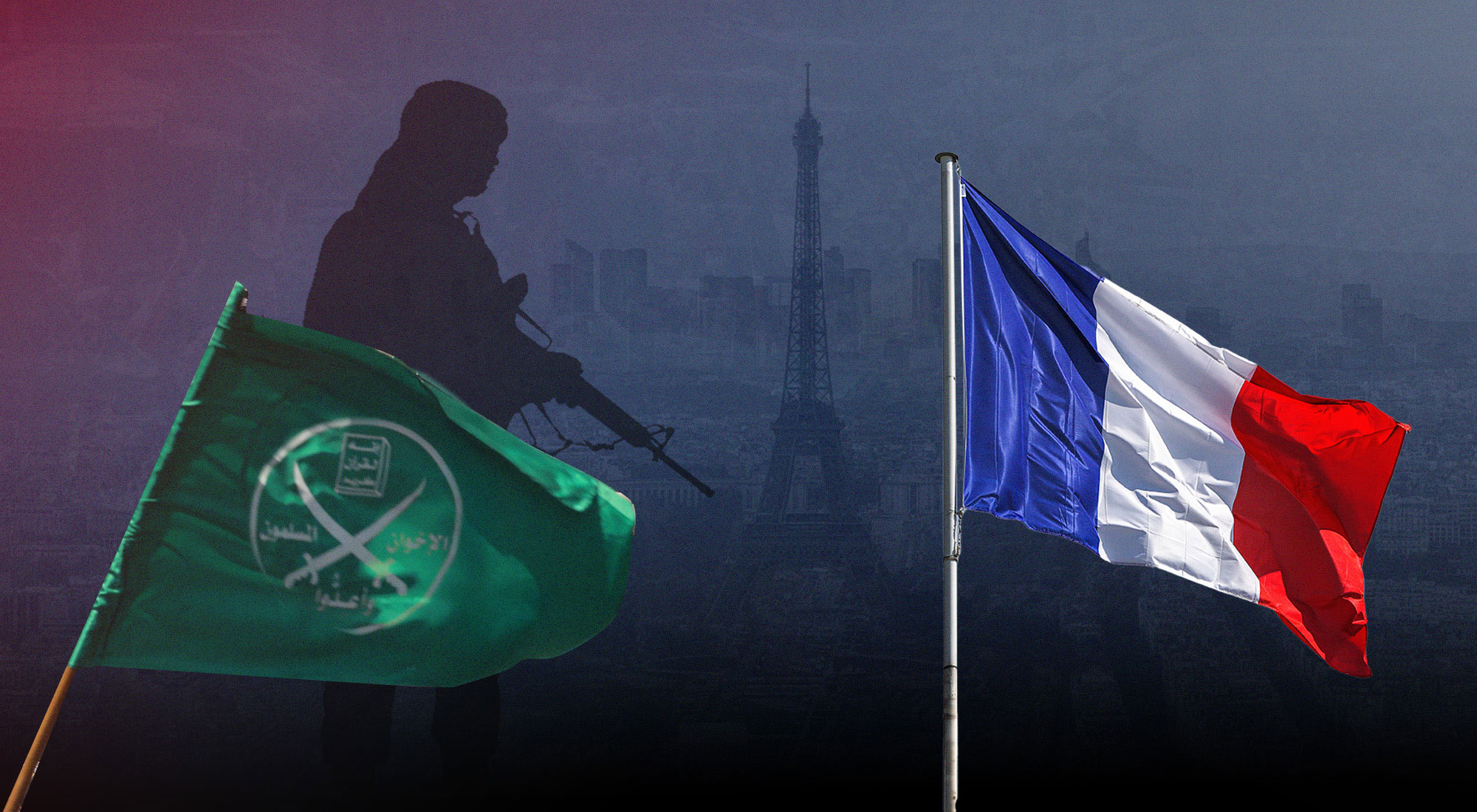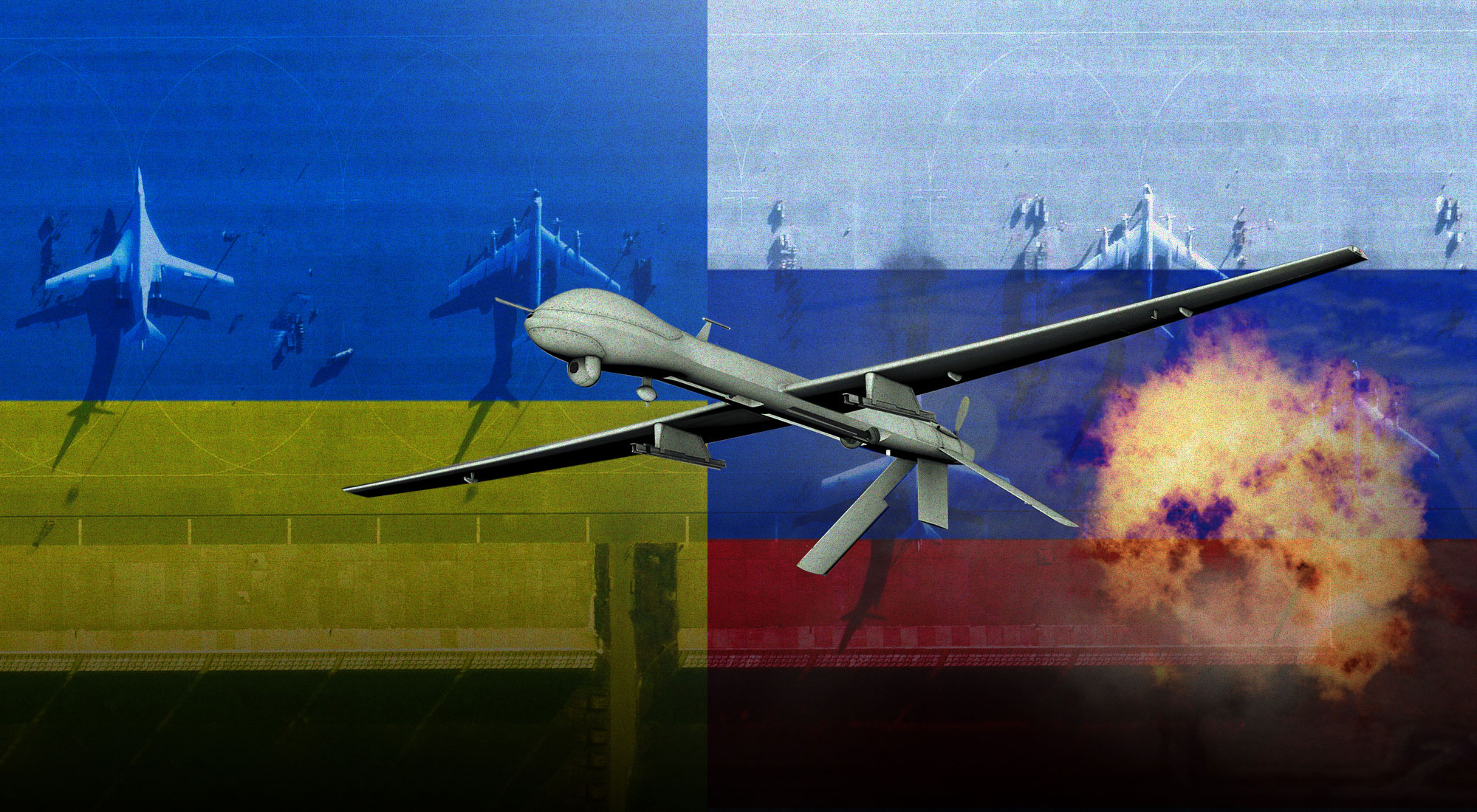The US-Taliban agreement, signed on 29 February 2020, after secret talks in Doha, offers Afghanistan an opportunity to secure peace after more than 18 years of insurgency and conflict. However, much will depend on the ability of all parties to find an enduring political agreement and prevent a recurrence of the insurgency and inter-ethnic strife that has bedeviled the country for decades.
The Agreement
The agreement came after an agreed week-long partial truce between the US, Afghan Government and Taliban forces came into effect at midnight [Afghanistan time] on February 22. The phrase “reduction in violence” was used rather than “ceasefire,” which was rejected by the Taliban as suggesting they were not capable of sustaining their operations.
The US nevertheless claimed that a suspension of hostilities under “very specific” terms included the cessation of attacks through suicide missions, roadside devices, and rockets. Counterterrorism operations by US and Afghan forces against ISIS and Al-Qaeda continued during this period. In the event, an 80 percent “reduction of violence” was considered enough to demonstrate that the Taliban wanted an agreement. The final agreement was signed by the chief US envoy, Zalmay Khalilzad, and a Taliban Deputy, Mullah Abdul Ghani Baradar.
The US-Taliban accord comes after an escalation of violence by the Taliban against US and Afghan Government forces conducted in parallel with their diplomatic negotiations. In the last three months of 2019, a total of 8,204 Taliban attacks represented the most intense period of insurgent activity for more than 10 years.
Within the last five years, it is estimated that the Afghan Security Forces and the Taliban have both suffered fatalities amounting to more than 50,000 personnel each. Despite the heavy toll on their forces, the Taliban were nevertheless determined to demonstrate their resilience and show that they were prepared to step up their agreement should the peace process fail.
The key points of the US-Taliban agreement are:
- The withdrawal of US troops in two phases: the first phase involving the drawdown of 5,000 troops within 135 days; the second phase to culminate in a complete withdrawal of US forces within 14 months if the Taliban do not break the terms of the deal.
- A pledge by the Taliban to prevent international terrorist networks, such as Al-Qaeda, from using Afghanistan as a base for attacks.
- A pledge by the US to progressively remove Taliban leaders from both the US and United Nations sanctions blacklists.
- A pledge by the US to secure – by 10 March – a prisoner swap involving the release of 5,000 Taliban personnel held by the Afghan government in exchange for the release of 1,000 Afghan Government security personnel held by the Taliban.
- Direct talks between the Afghan government and the Taliban’s representatives scheduled to start in Oslo, Norway on 10 March.
It is worth noting that the deal’s provisions are dependent on a complex interlocking timetable of military measures and intra-Afghan negotiations. Also important are the interests of external states and donors, not least the concerns that Afghanistan will again become a base for transnational terrorism. An assessment of the potential for the agreement’s success depends on the motivations of the three key actors – the Taliban, the US, and the Afghan government.

Taliban objectives
A key uncertainty relating to the deal is whether or not the Taliban is genuinely committed to negotiations rather than armed conflict. After the original Islamic Emirate of Afghanistan was toppled in 2001, former Taliban leader Mullah Omar consistently rejected Taliban participation in peace dialogue and continued to order the assassination of political opponents. However, following Mullah Omar’s death in 2013, elements in the Taliban leadership began to advocate more openly for participation in a political solution to the country’s conflicts.
In the same year, the Taliban opened an unofficial office in Doha to engage with international mediators and Afghan leaders. Informal and secret talks between the Taliban were an important preparatory stage in the process that led to the ultimate agreement with the US. In recent months, the Taliban have supported peace negotiations and urged their successful completion to reduce violence. However, a consistent factor in the organization’s support for peace negotiations is an insistence on the withdrawal of all foreign forces from Afghanistan.[1]
The fact that the Taliban is a coalition of groups raises questions about the movement’s long-term cohesion and status as a legitimate political movement. While the Taliban has never been added to the US’s list of proscribed terrorist groups, the Trump administration will need to address the difficulties posed by the presence of the Haqqani Network, officially listed as a terrorist group, as an influential faction within the Taliban.[2] The Haqqani group’s leader, Sirajuddin Haqqani, is the Taliban’s deputy leader and military commander and known for his widespread use of suicide bombings as an insurgent tactic against the US and Afghan forces.
One of the main characteristics of the Taliban as an organization has been the absence of formal governance structures and chains of command. Led since 2016 by Mawlawi Hibatullah Akhundzada, the group’s decision-making process has evolved from the Pashtun tribal council (jirga) model toward a highly centralized, dictatorial style of leadership.[3] Whether or not the Taliban can modify their operational systems to effectively participate in complex political negotiation, while also reconciling the views of the movement’s hardline and moderate elements, is an absolutely key factor determining the success of the peace process.
US objectives
The leading US negotiator with the Taliban, Zalmay Khalilzad, stressed that the US was not seeking a “peace agreement that enables withdrawal,” but rather a straightforward military drawdown. Nevertheless, there is a risk that the challenges of resolving the Afghan conflict are being minimized by the political imperatives of the US Presidential election year. For the White House, the agreement is important as the fulfillment of a long-standing promise to end a protracted war and bring US troops home. Reflecting his confidence in deal-brokering, Trump himself has offered to personally meet the Taliban’s leaders in the near future.
Despite the White House’s optimism, much work has to be done to secure a satisfactory resolution of a conflict that has seen an enormous US investment of more than $2 trillion and cost the deaths of over 3,500 American and allied personnel. At present, more than 12,000 US troops remain based in Afghanistan with missions to both help the Afghan forces fight the Taliban and undertake counterterrorism operations against Al-Qaeda and ISIS.
In essence, Washington ought to square its commitment to representative government in Kabul with the Taliban’s commitment to establishing a government based on fundamentalist religious principles. Other issues of concern are the largely US-trained Afghan soldiers and police officers, some of whom have turned against foreign troop contingents and attacked them as invaders. So-called “green-on-blue” attacks have caused more than 150 American and NATO fatalities.
To some observers, the outcome of the conflict reveals a failure in a strategy that prioritized counterinsurgency over building a state with sufficient strength to undermine local support for insurgents and gain the allegiance of the different ethnic groups in Afghanistan. Despite intensive international efforts to build capacity, the Afghan government and security forces have failed to suppress the Taliban throughout large areas of the country. Washington’s commitment to a drawdown of troops also creates its own difficulties: former US General David Petraeus has commented that a commitment to troop withdrawal “tells the enemy that he just has to hang on for a certain period and then the pressure will be less. In a contest of wills, that matters.”[4]
In its hurry to make a deal, the White House has intimated that it is prepared to risk longer-term security in order to hasten the Afghan political process and reap domestic favor from the US electorate. Although the US Pentagon has previously suggested that some kind of counterterrorism force would remain in Afghanistan on a long-term basis[5], the Doha deal envisages a total withdrawal of US forces from the country.
Another factor behind the US anxiety to secure a deal reflects concern about the influence of other international actors in the country. Although Russia has viewed the Taliban as a serious security threat, the prospect of President Vladimir Putin playing an independent role in any Afghan peace process was a significant risk for Washington. In this context, the talks between Taliban leaders and Afghan opposition figures in Moscow in February 2019 that built on previous informal discussions held in Doha met with a strongly negative reaction from the US State Department. Although Ashraf Ghani refused to attend and denounced the Moscow meeting, the presence of senior figures led by the former Afghan President, Hamid Karzai, boosted the legitimacy of the Taliban as an essential element in achieving peace and stability in Afghanistan.[6]
In sum, the US is faced with an immense task in securing a negotiated settlement and a viable Afghan government avoiding the kind of desperate evacuation that characterized the last days of the US military involvement in Vietnam. In seeking reelection as President, Trump can at least make the symbolic pledge that he is successfully ending a costly foreign war. Nevertheless, resolving the situation in Afghanistan will require continued US attention in the future.
Reconciling Afghanistan’s fractured polity
Following the signing of a US-Taliban accord, a new intra-Afghan talks process will start with the intent of devising a broader national peace agreement. Points of contention between Afghan political groupings are already emerging. President Ashraf Ghani has rejected a provision in the deal providing for the Afghan government to the release of as many 5,000 Taliban prisoners in exchange for the Taliban releasing as many as 1,000 Afghan security forces members that they currently hold captive. This was intended as a confidence-building measure before the peace talks started. Ghani disputed the right of the US to make such a pledge as a precondition to talks and contended that prisoner swaps could only be agreed as part of the overall discussions.
A key issue is the extent to which the Taliban negotiators in Doha actually represent the insurgent fighters on the ground in Afghanistan and whether or not they can enforce a deal. There is also the risk that other groups, in particular the ISIS, will seek to undermine the deal by staging attacks and then blaming the Taliban. Achieving political reconciliation with the insurgents will be a hard ask given that the Taliban has previously refused to deal with what it sees as the US-controlled puppet regime in Kabul.
Potential sources of dispute within the talks include the balance of powers between Kabul and the provinces and the likely need for a power-sharing mechanism representing the different political and ethnic interests. Any solution will also have to take into account international concerns over human rights and the need to protect women’s access to education and employment. Also, there is a risk that devolving too much power to the provinces will pave the way for renewed conflict in the future.
In addition, conflict with the Afghan government has undermined President Ashraf Ghani’s claim to legitimacy. After the Presidential elections in September 2019, Ghani has faced a long struggle to establish his authority after winning a very slim majority of 50.6 percent of the vote.[7] The main opposition groups have persistently disputed the election result. Dr. Abdullah Abdullah, made “Chief Executive” of the Islamic Republic of Afghanistan in 2014 following US mediation, has threatened to form a rival government within the country.
Ongoing political disputes are threatening to impede the creation of a representative negotiating team to talk with the Taliban. For the moment at least, it appears that the rival factions led by Ghani and Dr. Abdullah have stepped back from escalating their political dispute to a full-blown crisis. Ghani has agreed to delay his inauguration while Abdullah has drawn back from his threat to set up a parallel administration. The US State Department has continued to play an active role in mediating between the two sides, urging them to form an “inclusive” government and “desist from taking destabilizing actions.”
Given a legacy and distrust and conflict that reaches back decades, it is to be hoped that all sides can show sufficient goodwill to secure a genuine and comprehensive peace deal. Much will continue to depend on close US involvement to ensure that the various factions engage with each other in a meaningful way and that isolated acts of violence do not jeopardize the talks.
Conclusion
Reached in Doha, the US-Taliban agreement is based on a very fragile understanding: namely the Taliban’s assumption that the US will stage a full military withdrawal, and the US hope that the Taliban is seriously committed to the peace process. Although the deal signals that the US and Taliban will refrain from mutual attacks, the real extent of the Taliban’s commitment to political dialogue will be proven by their being able to refrain from attacking Afghan Security Forces. In this context, the critical factor will be the ability of mainstream Afghan politicians to craft an inclusive agreement that enables all parties to realize compatible goals.
Although from a US perspective, the main aim of the deal is to give the Trump administration the political credit for achieving some kind of closure to the conflict, it remains to be seen whether the Taliban leadership can justify the faith invested in them. On the one hand, a political peace process might empower the movement’s moderates to oversee the evolution of the Taliban into a recognizable political entity capable of governing. On the other hand, the resilience of movement’s insurgency conducted over more than 18 years and the concessions extracted from both Kabul and Washington will lead hardliners to question whether further compromise is achievable or even desirable. Only with these uncertainties resolved will the way be opened to a resolution of a conflict that has destabilized a region of key geopolitical importance.
[1] “Afghan Taliban accuse US of delaying peace process”, BBC Monitoring South Asia, London, 9 February 2020.
[2] Marvin G. Weinbaum and Meher Babbar, “The Tenacious, Toxic Haqqani Network”, Policy Focus Series, Middle East Institute, MEI Policy Focus 2016-23, September 2016 (https://www.mei.edu/sites/default/files/publications/PF23_WeinbaumBabbar_Haqqani_web_0.pdf).
[3] Christopher D. Kolenda, “Slow failure: Understanding America’s quagmire in Afghanistan”, Journal of Strategic Studies, Vol. 42, No. 7 (2019), pp. 992-1014.
[4] Ahmed Rashid, Taliban: Militant Islam, Oil and Fundamentalism in Central Asia (New Haven: Yale University Press, 2000), pp. 95-100.
[5] Gordon Lubold and Nancy A. Youssef, “US, Afghan Forces Come Under Fire in Eastern Afghanistan; Clash comes as Trump administration seeks a way to reduce U.S. military presence in Afghanistan”, Wall Street Journal (Online), New York, N.Y., 9 February 2020.
[6] Selim Öztürk, “The Taliban Regime in Afghanistan: En Route to International Recognition?”, Middle East Policy, Volume 26, Issue 4 (Winter 2019), pp. 102-112.
[7] “Afghan TV discusses rifts between leaders over peace”, BBC Monitoring South Asia, London, 5 February 2020.







